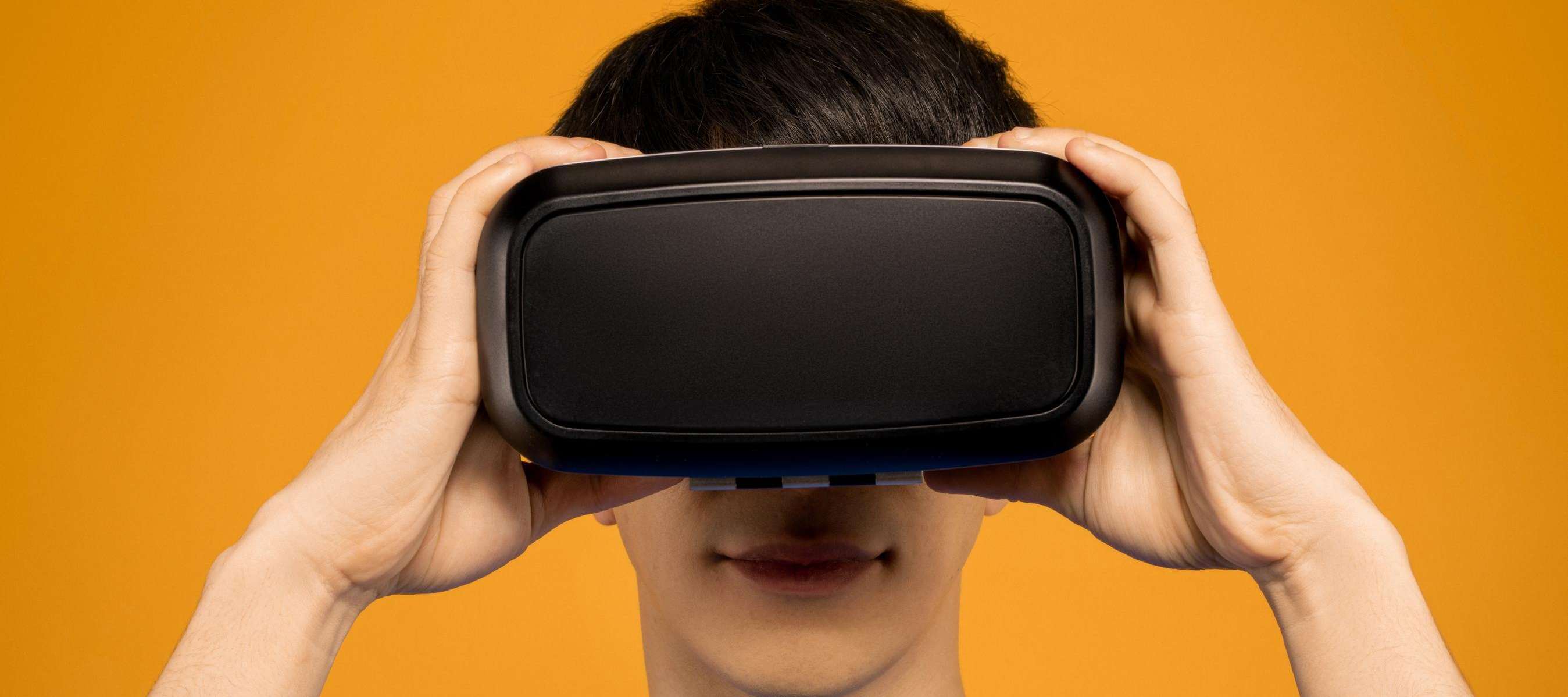Article content
Over and over again, we’re told that technology is advancing at exponential rates in any and every sector you can think of. This is definitely true of the last few years. Since the start of the Coronavirus pandemic, we’ve seen demand skyrocket for new and engaging content to keep us all from absolutely losing our minds.
It’s been a challenge to find entertainment in the monotonous day-to-day life. Companies are aware of this and trying to bridge the gap between our lack of entertainment and the live entertainment we’re missing.
We’ve had to think of new ways to bring events and outdoor entertainment to the living rooms of the world. Think about it; we’re missing out on concerts, festivals, musicals, and theatre productions. And these industries are suffering financially. So what better way to resurrect them than to bring them right to your doorstep?
This is where immersive technology has succeeded and grown exponentially. When it comes to this technology, there are two types available, Augmented Reality (AR) and Virtual Reality (VR). But what exactly is the difference between these two realities, and why is there a war? Keep reading to find out.
What is the Immersive War Between AR & VR?
Perhaps this is a little dramatic of a title – trust us, there are no battles being fought – but there is a very competitive market within the video and television industries for AR and VR technology. As a result, companies are throwing huge chunks of funding into creating immersive viewing experiences in order to be the best of the best and become an innovator in this field.
Immersive viewing experiences are, quite simply, experiences that make viewers feel like they are completely part of the world and the storyline that they’re watching. It means seeing and hearing things that characters would see, being able to take control of the storyline or even changing it based on the viewer’s actions or choices.
Large companies such as Sky are building new ways to allow their viewers to become immersed in the entertainment they consume using AR and VR technology. It’s not brand-new technology, but they are experimenting with new ways to use it.
In October 2020, Sky launched its ‘Sky Worlds’ platform, supported by the VR company Oculus. This started with sports, with football games in the premier league being streamed live. So viewers could feel as if they were really sitting in the stands of the football grounds and cheering their favourite teams on – an incredible new way to experience sports from your living room!
What’s the Difference Between AR and VR?
A lot of people tend to get AR and VR confused, although they both have a hand in creating immersive experiences. They tend to bleed into each other, however they are two completely different concepts.

AR stands for augmented reality. This concept is explained as using the real world and adding digital images on top of it.
One of the most popular examples of augmented reality is Pokemon GO, the gaming app for smart phones. In the game, your camera tracks your surroundings and add the 3D image of a Pokemon to it, to make it look like there is something on the path in front of you.
This kind of AR is the most basic form, and can look glitchy from time to time. But this is advancing and now, it can be used for more than just video games and funny Snapchat lenses.
One of the newest the ways to use augmented reality technology is with Smart Glasses. These are simply a pair of glasses that allow you to still see your environment, but can project images and data as an overlay to your own environment. This is where AR and VR are very different.

What is Virtual Reality (VR)?
VR stands for virtual reality and is a far more immersive experience than AR, although elements of AR can be used with VR to create a full virtual experience. While AR projects digital images onto your surroundings, VR replaces your surroundings completely and throws you into another world.
It places you inside a digital environment that you can, given the right tech, interact with and move around within. Virtual reality technology has been used heavily in video gaming, with launches like the Oculus Rift and the Sony PlayStation VR system. Another popular game that uses virtual reality to submerge users in the game environment is Beat Saber.
The Future of Immersive Entertainment
So, where are VR and AR technology taking us? The need for content and entertainment during the world’s lockdowns and quarantines has certainly driven companies like Sky to launch new platforms and think deeply about the future of their immersive world.
With the launch of immersive experiences such as ‘Sky Worlds’ and the premier league experience, there are now countless opportunities to do the same for other live events that we’re currently having to miss out on, such as:
- Festivals
- Concerts
- Theatre/Musicals
- Large sporting events (Olympics, Football, Rugby etc.)
- Debates
- Live studio audience shows
Where Else is Immersive Technology Being Used?
AR and VR technologies are being used in some incredibly innovative ways aside from entertainment. It’s being increasingly used in teaching to bring concepts and theories to life for students.
In high-risk environments like medical surgeries or nuclear power plants, AR and VR are used to give students the practice they need without having to put themselves or anybody else at risk. It’s used to train army, marine and air force cadets to fly planes and work on submarines.
AR vs VR: Who Will Win the Immersive War?
Augmented and Virtual Reality has taken off in multiple sectors outside of the entertainment industry, and immersive technology is only set to get more realistic and more immersive.
Who knows? Perhaps one day we’ll be able to live inside of simulations – or perhaps, we already are…? (Kidding, but can you imagine?!). To find out more about how you can engage with RDK Technologies, check out 5V Video.










